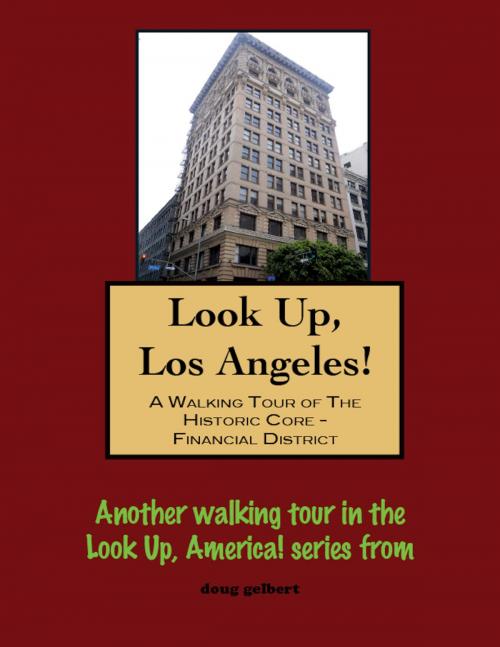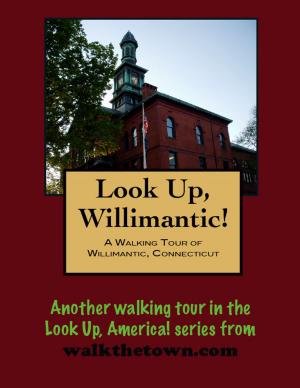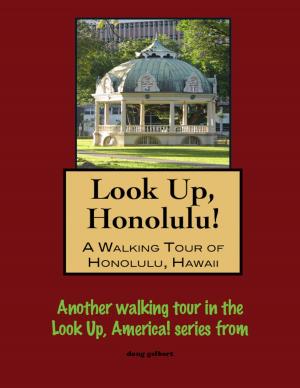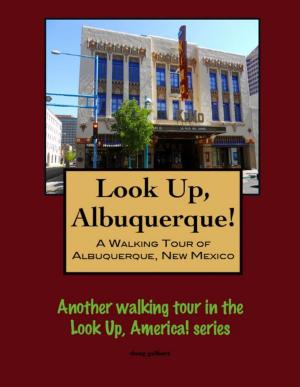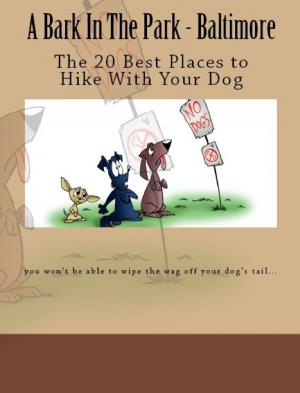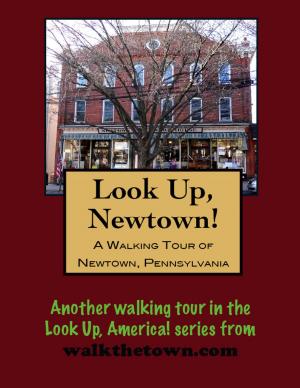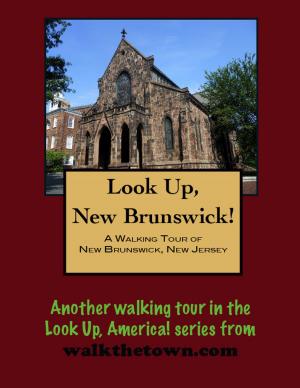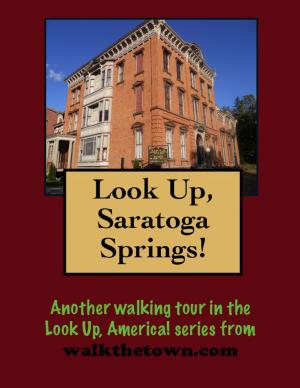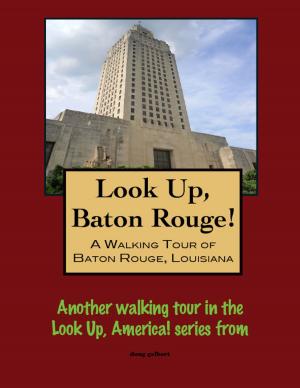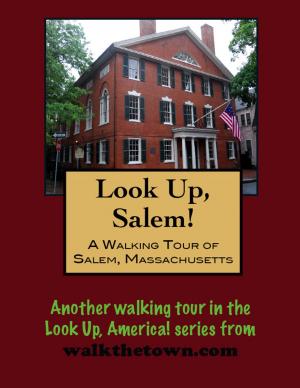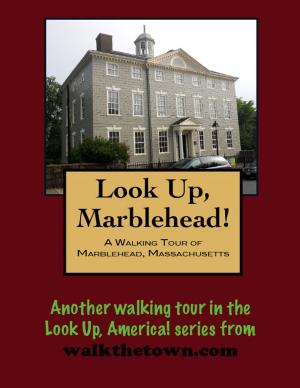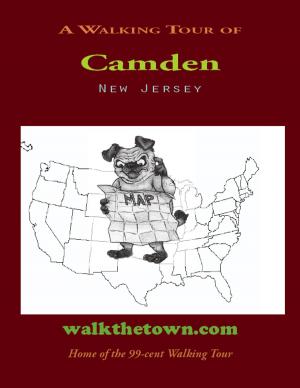Look Up, Los Angeles! A Walking Tour of The Historic Core: Financial District
Nonfiction, Travel, History, Americas| Author: | Doug Gelbert | ISBN: | 9781476135960 |
| Publisher: | Doug Gelbert | Publication: | August 2, 2012 |
| Imprint: | Smashwords Edition | Language: | English |
| Author: | Doug Gelbert |
| ISBN: | 9781476135960 |
| Publisher: | Doug Gelbert |
| Publication: | August 2, 2012 |
| Imprint: | Smashwords Edition |
| Language: | English |
There is no better way to see America than on foot. And there is no better way to appreciate what you are looking at than with a walking tour. Whether you are preparing for a road trip or just out to look at your own town in a new way, a downloadable walking tour from is ready to explore when you are.
Each walking tour describes historical and architectural landmarks and provides pictures to help out when those pesky street addresses are missing. Every tour also includes a quick primer on identifying architectural styles seen on American streets.
Los Angeles has often been characterized as a jumble of “suburbs in search of a city.” But Los Angeles has always boasted a significant downtown and it looks a whole heck of a lot like it did eighty years ago. Unlike Manhattan (on an island) or Philadelphia (squeezed between two rivers) or Chicago (pressed against a lake), developers in Los Angeles could build freely to the west rather than destroy existing structures.
The Historic Core is stuffed with grand old buildings, many exactly 150 feet in height, owing to a height limit ordinance passed in 1911. The restriction was intended to limit the density of downtown Los Angeles and allow the famous Southern California sunshine to reach the sidewalks. Rare exceptions were granted for decorative towers with setbacks in the upper stories that appeared in the 1920s. The restriction was lifted in 1957 but there is still none of the experience of being stranded in an urban canyon in the Downtown Core.
The Downtown Core is roughly defined by four north-south streets from Hill Street to the west to Main Street to the east. The Financial District tour will travel down Main Street and back up Spring Street (the Theatre District tour covers Broadway and Hill Street). When the City’s banks began seeping out of the Los Angles business center in the early 1900s they congregated to the south along Spring Street. There were so many banks and law offices and insurance money here that Spring Street became known as the “Wall Street of the West” and Los Angeles became a player on the national financial stage.
The Financial Center stayed intact for more than half-a-century until the lifting of the height restrictions triggered a move several blocks to the west and the money men departed en masse. Nobody bothered to rebuild, they just left and there was no money still here to tear much down. The empty buildings spawned an unsavory element that dominated the area into the 1980s. In recent years the old Financial District has undergone redevelopment and regentrification. Perhaps most pleased with the state of affairs is Hollywood which mines the richly decorated blocks of Beaux Arts buildings that stand virtually unchanged for movie sets.
There are dozens of such period-piece visages waiting in the Financial District but we will begin our walking tour with a structure from still an earlier era, today just about a one-of-a-kind in Los Angeles...
There is no better way to see America than on foot. And there is no better way to appreciate what you are looking at than with a walking tour. Whether you are preparing for a road trip or just out to look at your own town in a new way, a downloadable walking tour from is ready to explore when you are.
Each walking tour describes historical and architectural landmarks and provides pictures to help out when those pesky street addresses are missing. Every tour also includes a quick primer on identifying architectural styles seen on American streets.
Los Angeles has often been characterized as a jumble of “suburbs in search of a city.” But Los Angeles has always boasted a significant downtown and it looks a whole heck of a lot like it did eighty years ago. Unlike Manhattan (on an island) or Philadelphia (squeezed between two rivers) or Chicago (pressed against a lake), developers in Los Angeles could build freely to the west rather than destroy existing structures.
The Historic Core is stuffed with grand old buildings, many exactly 150 feet in height, owing to a height limit ordinance passed in 1911. The restriction was intended to limit the density of downtown Los Angeles and allow the famous Southern California sunshine to reach the sidewalks. Rare exceptions were granted for decorative towers with setbacks in the upper stories that appeared in the 1920s. The restriction was lifted in 1957 but there is still none of the experience of being stranded in an urban canyon in the Downtown Core.
The Downtown Core is roughly defined by four north-south streets from Hill Street to the west to Main Street to the east. The Financial District tour will travel down Main Street and back up Spring Street (the Theatre District tour covers Broadway and Hill Street). When the City’s banks began seeping out of the Los Angles business center in the early 1900s they congregated to the south along Spring Street. There were so many banks and law offices and insurance money here that Spring Street became known as the “Wall Street of the West” and Los Angeles became a player on the national financial stage.
The Financial Center stayed intact for more than half-a-century until the lifting of the height restrictions triggered a move several blocks to the west and the money men departed en masse. Nobody bothered to rebuild, they just left and there was no money still here to tear much down. The empty buildings spawned an unsavory element that dominated the area into the 1980s. In recent years the old Financial District has undergone redevelopment and regentrification. Perhaps most pleased with the state of affairs is Hollywood which mines the richly decorated blocks of Beaux Arts buildings that stand virtually unchanged for movie sets.
There are dozens of such period-piece visages waiting in the Financial District but we will begin our walking tour with a structure from still an earlier era, today just about a one-of-a-kind in Los Angeles...
